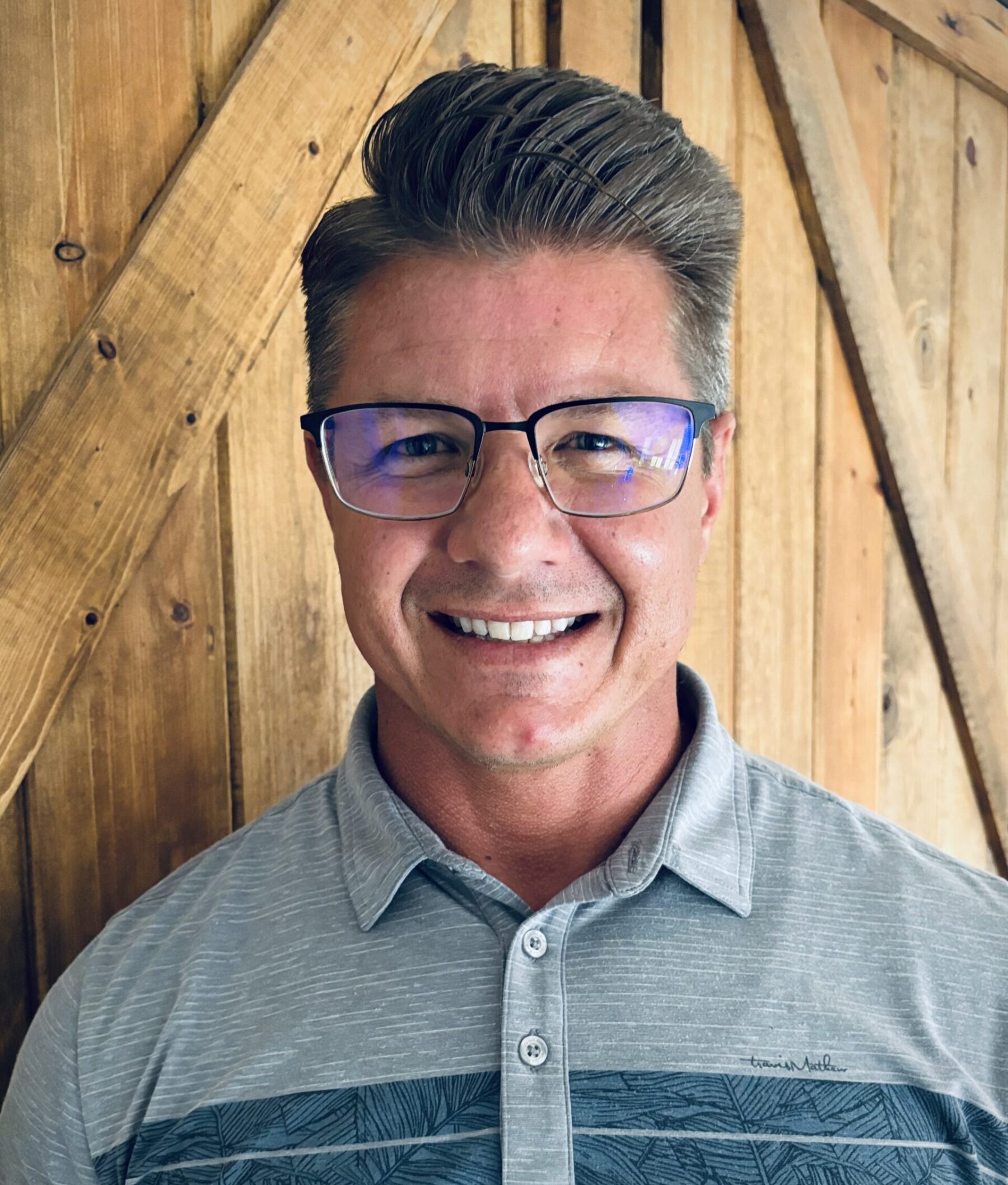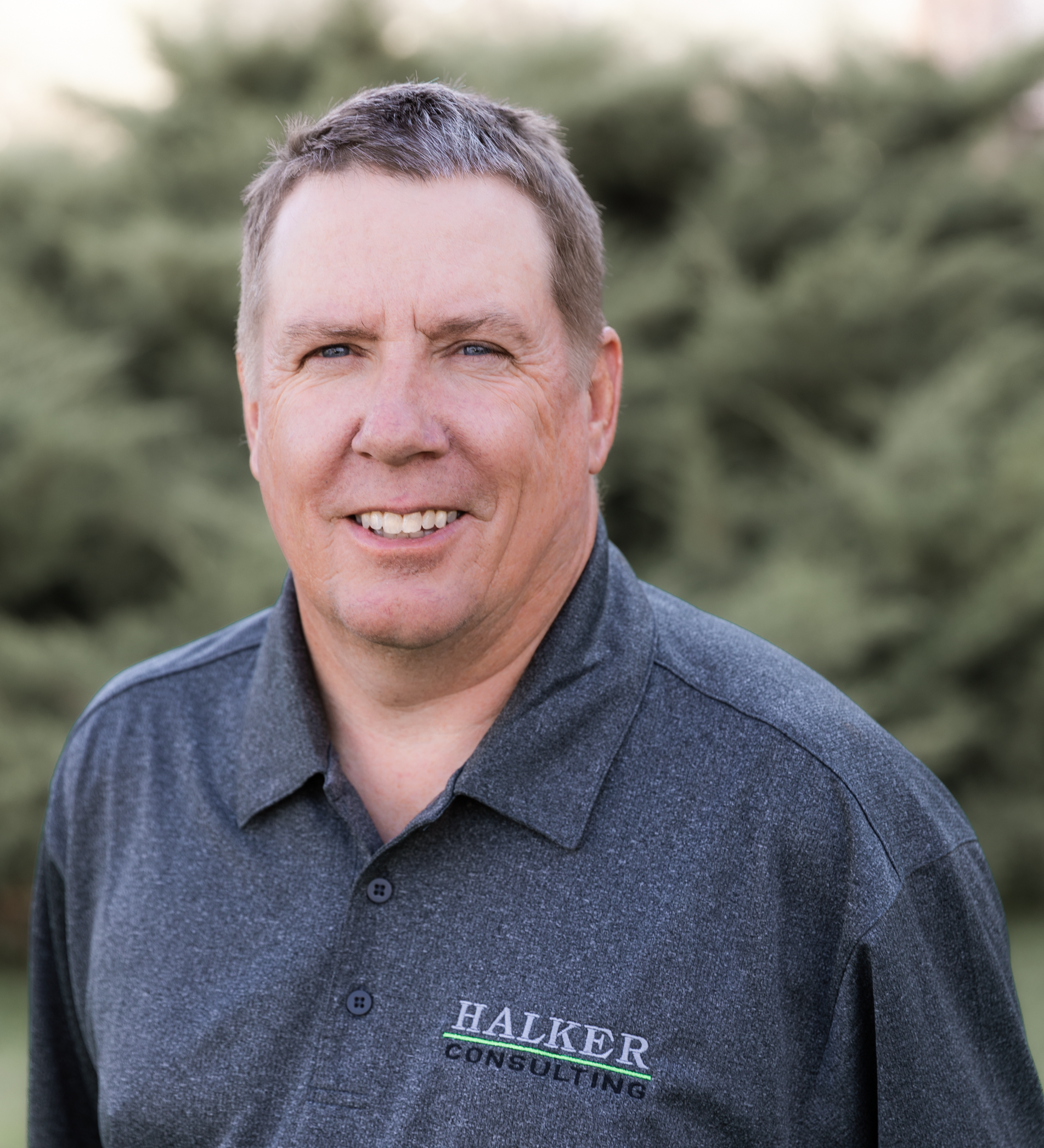Founder, CEO & President

Matt Halker, founder and CEO of Halker Consulting, earned a Bachelor of Science in Petroleum Engineering from the Colorado School of Mines. Matt is a Registered Professional Engineer (PE) in the state of Colorado, and several other states. He is an E&P professional with engineering and construction experience in the oil and gas industry, spanning the Gulf of Mexico to the Rocky Mountains. He began his professional career as an offshore engineer for Vastar Resources before he moved to Durango and managed compressor and pipeline projects throughout the SW Colorado area. Beginning in 2003, Matt became a project engineer for CBM gas field operations at Thunder Creek Gas Services, working on various pipeline and compressor station projects in Gillette, WY. Matt resigned and made his next moves as an entrepreneur in 2006. Halker Consulting and Dry Creek Petroleum were founded in 2006 as mechanisms to work engineering consulting and oil field operations opportunities. Halker’s consulting and engineering services became Matt’s full-time pursuit after 2008.
Since 2012, Matt has founded multiple companies including EIS, SWEVCO-SABW, Slipstream Environmental Services, and most recently Halker Smart Solutions. Throughout his career he has managed many aspects of oil and gas business including commercial M&A, operations, engineering, construction and commissioning. A few notable projects include a helium recovery plant, a solar powered-pump off a separator solution, a microscale-liquid hydrocarbon recovery project, the first Econode production facility, and an aboveground, downhole casing R&D simulator.
Despite market fluctuations, Matt’s commitment to grow and execute Halker’s mission has remained strong. Today, Halker’s full-service Energy engineering services encompass multiple aspects of upstream and midstream projects including feasibility studies, project management, economic analysis, oil, gas and water handling facility design, pipeline design, among many other oil & gas, power and renewable engineering activities. Matt is always looking to the future of energy and will continue to be an innovator and industry thought leader.
Matt and his 4 children live in Colorado and enjoy indoor and outdoor activities, including team sports, off-road motorcycle riding, skiing, hiking and road tripping.
 Steve joined Halker as CFO in January 2025. Steve previously founded SpareBox Storage and served for three years as its CEO. SpareBox is a pioneer in remote self storage management with 109 locations across nine states and proprietary software solutions for remote management. Prior to SpareBox, he spent six years with National Storage Affiliates (NSA), the publicly traded self-storage REIT, where he served in a variety of roles including Chief Operating Officer and President of iStorage. Prior to NSA, Mr. Treadwell spent five years in finance and treasury management with ProLogis, the world’s largest industrial REIT. Steve began his career with the US Air Force, where he served for 11 years as an officer and instructor pilot in the C-21 Learjet and the KC-10 Tanker.
Steve joined Halker as CFO in January 2025. Steve previously founded SpareBox Storage and served for three years as its CEO. SpareBox is a pioneer in remote self storage management with 109 locations across nine states and proprietary software solutions for remote management. Prior to SpareBox, he spent six years with National Storage Affiliates (NSA), the publicly traded self-storage REIT, where he served in a variety of roles including Chief Operating Officer and President of iStorage. Prior to NSA, Mr. Treadwell spent five years in finance and treasury management with ProLogis, the world’s largest industrial REIT. Steve began his career with the US Air Force, where he served for 11 years as an officer and instructor pilot in the C-21 Learjet and the KC-10 Tanker. 


 Kathryn Goodman graduated from Texas A&M University with a Bachelor of Science in Mechanical Engineering in 2011. She is a licensed professional engineer in the state of Texas and brings over a decade of mechanical and pipeline engineering experience to her role. Throughout her career, Kathryn has worked on both small and large-scale oil and gas projects in the upstream, midstream, and downstream sectors.
Kathryn Goodman graduated from Texas A&M University with a Bachelor of Science in Mechanical Engineering in 2011. She is a licensed professional engineer in the state of Texas and brings over a decade of mechanical and pipeline engineering experience to her role. Throughout her career, Kathryn has worked on both small and large-scale oil and gas projects in the upstream, midstream, and downstream sectors. Jeff Wellen graduated from the Colorado School of Mines with a Bachelor of Science in Mechanical Engineering and a minor in business and economics in 2002. Jeff is a licensed professional engineer with over 22 years of project management, project engineering, and mechanical engineering experience. Most of his professional career has been in the Oil & Gas industry with a wide range of experience across various types of projects including gas treating, LNG, well pad sites, cryogenic processing, biofuels, and more. He has also worked as a field engineer to support construction, as well as in a fabrication shop to oversee module/pipe-rack assembly. As a member of the Halker team since January 2018, his breadth of involvement in various projects provides Jeff a strong basis to provide operation execution support for successful project execution teams through the trials and tribulations when executing any type of project ranging from technical studies to full EPC projects in the rapidly evolving midstream and upstream industry sectors. Jeff was named an Engineering News Record (ENR) Top Young Professional in 2018 for the Mountain States Region.
Jeff Wellen graduated from the Colorado School of Mines with a Bachelor of Science in Mechanical Engineering and a minor in business and economics in 2002. Jeff is a licensed professional engineer with over 22 years of project management, project engineering, and mechanical engineering experience. Most of his professional career has been in the Oil & Gas industry with a wide range of experience across various types of projects including gas treating, LNG, well pad sites, cryogenic processing, biofuels, and more. He has also worked as a field engineer to support construction, as well as in a fabrication shop to oversee module/pipe-rack assembly. As a member of the Halker team since January 2018, his breadth of involvement in various projects provides Jeff a strong basis to provide operation execution support for successful project execution teams through the trials and tribulations when executing any type of project ranging from technical studies to full EPC projects in the rapidly evolving midstream and upstream industry sectors. Jeff was named an Engineering News Record (ENR) Top Young Professional in 2018 for the Mountain States Region. Jeremy Montoya graduated from the Colorado School of Mines with a Bachelor of Science in Engineering with an Electrical specialty focus in 2010. Jeremy is a licensed professional engineering in multiple states and has over 14 years of experience in consulting engineering and has working in nearly every sector or the business, from oil and gas to food and beverage, mining, pharmaceuticals, commercial and residential applications. Jeremy joined Halker in 2021 and has brought a passion to build up and support staff as they provide quality engineering and design services to every client we have the opportunity to work with. With an eye for detail, value and confident support- our EI&C group will continue to grow and be recognized for their expertise, attentiveness, and quality deliverables in every project. Jeremy has also volunteered engineering services abroad, helping with the design of water/wastewater treatment facilities and medical facilites in Kenya, as well as master plans for facilities in Mexico.
Jeremy Montoya graduated from the Colorado School of Mines with a Bachelor of Science in Engineering with an Electrical specialty focus in 2010. Jeremy is a licensed professional engineering in multiple states and has over 14 years of experience in consulting engineering and has working in nearly every sector or the business, from oil and gas to food and beverage, mining, pharmaceuticals, commercial and residential applications. Jeremy joined Halker in 2021 and has brought a passion to build up and support staff as they provide quality engineering and design services to every client we have the opportunity to work with. With an eye for detail, value and confident support- our EI&C group will continue to grow and be recognized for their expertise, attentiveness, and quality deliverables in every project. Jeremy has also volunteered engineering services abroad, helping with the design of water/wastewater treatment facilities and medical facilites in Kenya, as well as master plans for facilities in Mexico.

 Paul Brennan is an industrial automation specialist, PLC programmer, business manager and product development professional. He graduated from Colorado Mesa University in 1992 with a Bachelor of Science in Computer Science. Paul now has over 25 years of experience providing industrial automation solutions and large-scale automation integration projects for oil & gas, water/wastewater, irrigation, and greenhouse industries in the US and Eastern Europe. Paul’s career has been spent developing leading edge, revolutionary automation products, and in the process, he has obtained several US Patents. Paul has notably designed products such as PADPro, PADManager, PROView and QLogiX for upstream oil & gas facilities, utilizing state of the art technologies with PLC’s and high-powered single board computers to provide advanced data collection and data processing at the well head.
Paul Brennan is an industrial automation specialist, PLC programmer, business manager and product development professional. He graduated from Colorado Mesa University in 1992 with a Bachelor of Science in Computer Science. Paul now has over 25 years of experience providing industrial automation solutions and large-scale automation integration projects for oil & gas, water/wastewater, irrigation, and greenhouse industries in the US and Eastern Europe. Paul’s career has been spent developing leading edge, revolutionary automation products, and in the process, he has obtained several US Patents. Paul has notably designed products such as PADPro, PADManager, PROView and QLogiX for upstream oil & gas facilities, utilizing state of the art technologies with PLC’s and high-powered single board computers to provide advanced data collection and data processing at the well head.